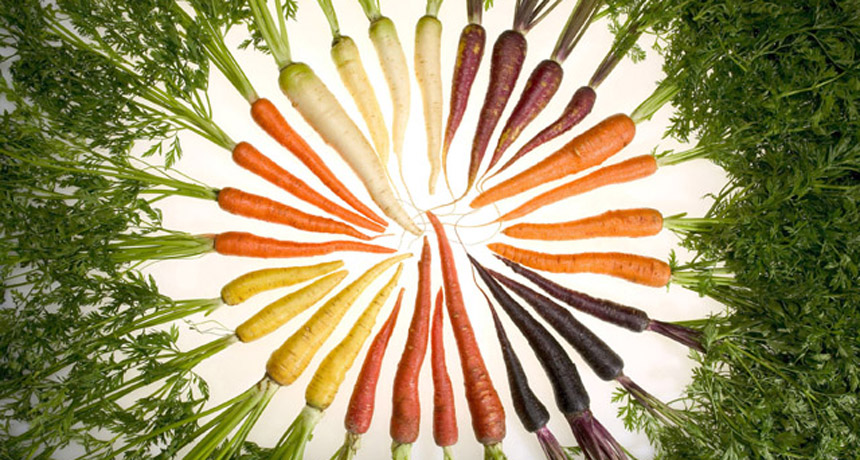antioxidant Any of many chemicals that can shut down oxidation, power and potentially damaging reactions. Many plant-based foods are good sources of natural antioxidants, including vitamins C and E.
chemical reaction A process that involves rearrangement of the molecules or structure of a substance, as opposed to a change in physical form.
free radical A charged molecule (typically highly reactive and short-lived) having one or more unpaired outer electrons. It will attempt to steal electrons to make itself whole again through a process known as oxidation.
molecule An electrically neutral group of atoms that represents the smallest possible amount of a chemical compound. Molecules can be made of single types of atoms or of different types. For example, the oxygen in the air is made of two oxygen atoms (O2), but water is made of two hydrogen atoms and one oxygen atom (H2O).
oxidation A process that involves one molecule’s theft of an electron from another. The victim of that reaction is said to have been “reduced.” The theft victim makes itself whole again by robbing an electron from another molecule, triggering another case of oxidation. These chemical reactions are so violent, chemically, that they can easily kill cells.
oxygen A gas that makes up about 21 percent of the atmosphere. All animals and many microorganisms need oxygen to fuel their metabolism.
phytochemical From phyto, which is Greek for plant, the term refers to chemicals made by plants.
pigment A material, like the natural colorings in paints and dyes, that alter the light reflected off of an object or transmitted through it. The overall color of a pigment typically depends on which wavelengths of visible light it absorbs and which ones it reflects. For example, a red pigment tends to reflect red wavelengths of light very well and typically absorbs other colors.








